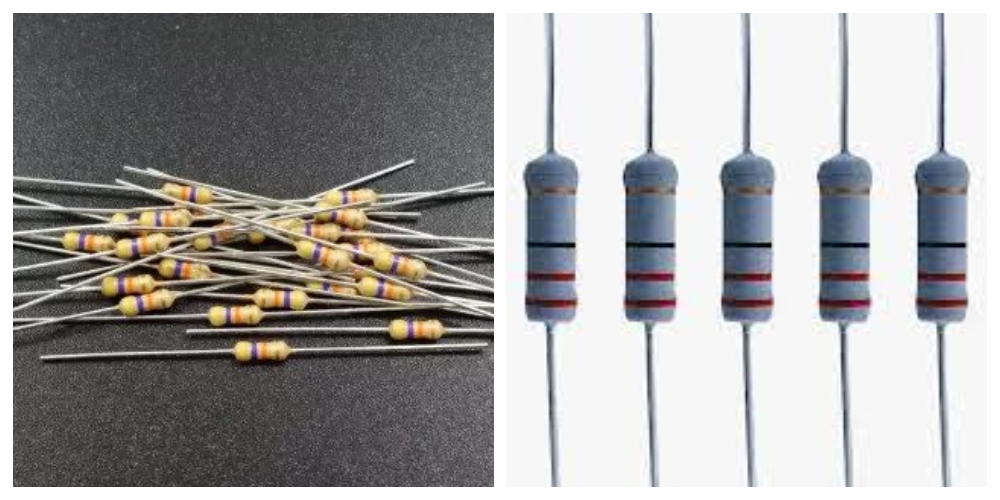500 ohm resistors are one of the electronic circuits’ most versatile and commonly used components. They are available in a wide range of sizes and shapes and can be used for a variety of purposes. A 500 ohm resistor is typically used to create voltage dividers, current-limiting circuits, and impedance-matching networks. They can also be used to calibrate electronic devices or to provide decoupling between electronic components. In addition, 500 ohm resistors are often used as load resistors in test circuits.
Whatever the application, 500 ohm resistors are an essential component of any electronics project.
Supports High Current Circuits
Copper is a conductor of electricity and heat. It is found in quite a few household items, including wiring and plumbing. Its resistance value makes it ideal for use in circuits with high currents. The element is also malleable, meaning it can be hammered or pressed into thin sheets without breaking.
In its purest form, copper is a reddish-orange metal. It gets its name from the Latin word “cuprum,” which means “metal of Cyprus.” Not only does the island nation have deposits of the element, but it was also where some historians believe copper smelting originated. The largest producers of copper today are Chile, Peru, and China.
Avoid Damaging Sensitive Products
500 ohm resistors are not just for use in electrical circuits. They can also be used to protect sensitive components from damage.
When a voltage is applied to a resistor, a current will flow through it. This current is proportional to the voltage and the resistance. The higher the resistance, the lower the current.
As a result, a 500 ohm resistor can be used to limit the amount of current that flows through a circuit. This can help to prevent damage to delicate components, such as transistors and diodes. In addition, resistors can be used to stabilize voltages and prevent voltage spikes. For these reasons, resistors play an important role in protecting electronic components from damage.
Factors Affecting 500-ohm Resistor
When choosing a 500-ohm resistor, it is important to consider the wattage rating and tolerance level.
The wattage rating is the maximum amount of power the resistor can dissipate without damage. The tolerance level is the margin of error for the resistance value.
For example, a 500-ohm resistor with a 5% tolerance can have a resistance value of anywhere between 475 and 525 ohms. Selecting a resistor with the correct wattage rating and tolerance level is essential for ensuring that the circuit functions as intended.
Conclusion
The 500 ohm resistor is a versatile and essential component for any electronics enthusiast. Its resistance value makes it ideal for high-current circuits, and its ability to protect sensitive components makes it a necessity for anyone working with delicate equipment. When choosing a 500-ohm resistor, be sure to consider the wattage rating and tolerance level to ensure that you are getting the best possible product for your needs. With so many uses, the 500 ohm resistor is an essential piece of equipment for anyone interested in electronics.
